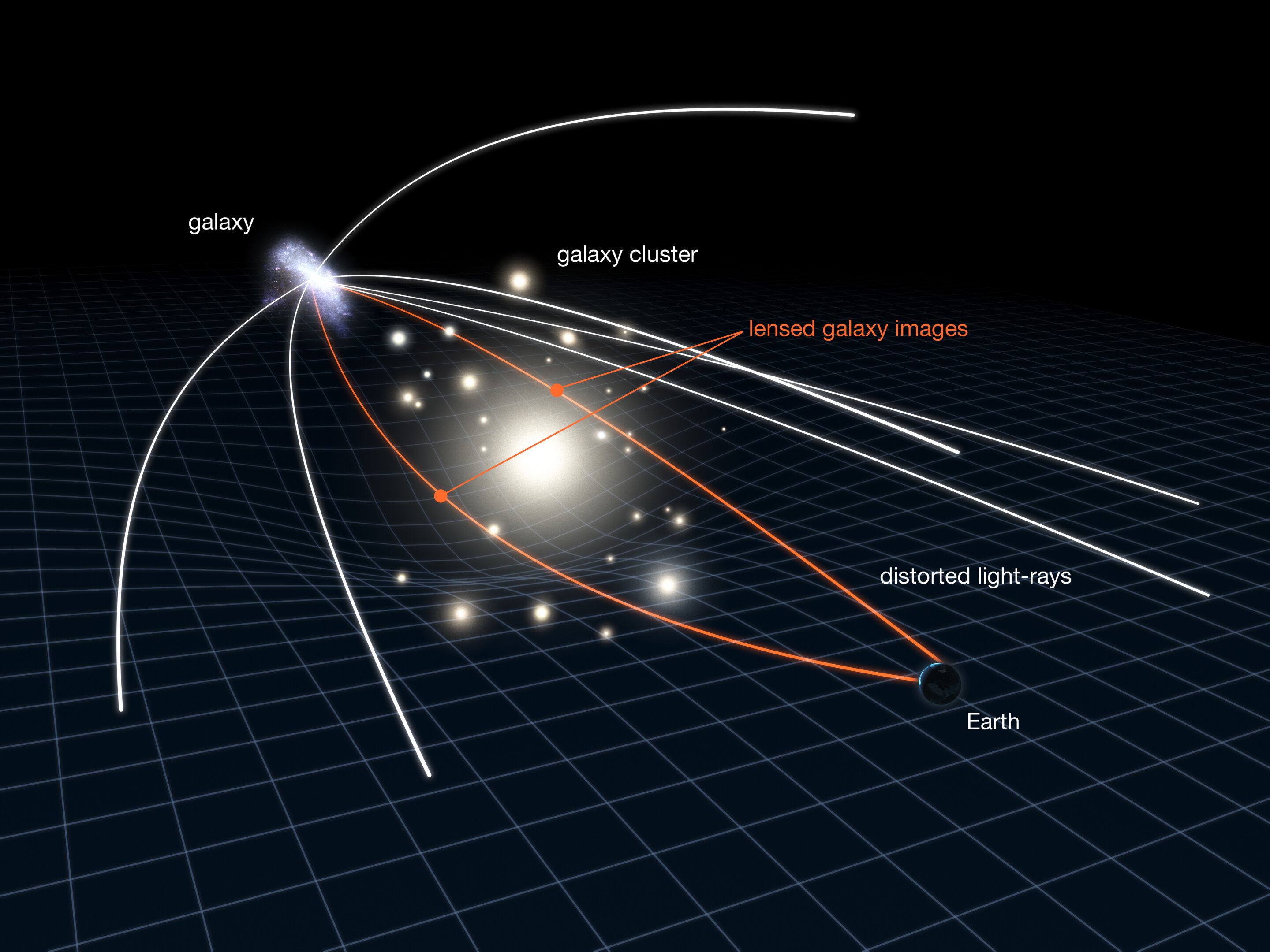Early analysis of the first deep-field image from the James Webb Space Telescope (JWST),
Webb's challenge
One of the main tasks of the James telescopeWebb" - to find the first stars and galaxies in the Universe, and also to understand the complexity of life in it by analyzing the chemical elements and building blocks of life. A re-examination of Webb's first deep field has revealed what the earliest phase of star formation looks like, confirming JWST's incredible power, the scientists write.
Thus, using Webb, researchersfrom the Canadian CANUCS project have identified the most distant globular clusters ever discovered. These dense groups of millions of stars may be relics that contain the earliest and oldest stars in the Universe.
Space sparkler
Scientists paid special attention to the Sparkler galaxy(English Sparkler - sparkler), which is located nine billion light years from Earth. It was named so because of the compact objects surrounding it in the form of small yellow-red dots, which were called “sparks”.
 Researchers have studied the Sparkler galaxy andJWST was used. The five sparkling objects around it turned out to be globular clusters. Credit: Canadian Space Agency with images from NASA, ESA, CSA, STScI; Maula, Iyer and others.
Researchers have studied the Sparkler galaxy andJWST was used. The five sparkling objects around it turned out to be globular clusters. Credit: Canadian Space Agency with images from NASA, ESA, CSA, STScI; Maula, Iyer and others.
Scientists have suggested that these “sparks” are eitheryoung clusters actively forming stars, born three billion years after the Big Bang, or old globular clusters (GCs). To recap, these are clusters of stars that contain clues about the earliest phases of star formation.
After analyzing 12 of these compact objects, astronomers found that five of them are not only globular clusters, but also among the oldest known clusters.
Why wasn't she found earlier?
Until now, astronomers have not been able to observecompact objects surrounding the Sparkler galaxy with the help of the Hubble Space Telescope. All that has changed thanks to JWST's increased resolution and sensitivity. In addition, gravitational lensing helped scientists - thanks to it, its image was enlarged 100 times. The galaxy cluster SMACS 0723 in the foreground is “responsible” for this.
 Gravitational lensing in action. Astronomers use this phenomenon to study very distant galaxies.
Gravitational lensing in action. Astronomers use this phenomenon to study very distant galaxies.
Image Credit & Copyright: NASA, ESA, and L. Calzada
Now researchers have combined new datafrom the Webb Near Infrared Camera (NIRCam) with archived Hubble data. The peculiarity of NIRCam is that it “sees” even faint objects, recording the long and red waves of the object, which the human eye and even Hubble can perceive. Lensing of galaxy clusters and the high resolution of JWST have made it possible to observe compact objects that were previously “hidden” from astronomers.
 Comparison of images of Sparkler and his “sparks” obtained by Hubble and Webb. Credits: Maula, Iyer et al.
Comparison of images of Sparkler and his “sparks” obtained by Hubble and Webb. Credits: Maula, Iyer et al.
In turn, the Canadian device forNear-infrared imaging (NIRISS) on the Webb telescope confirmed that the “sparks” are old globular clusters. The fact is that researchers have not observed the oxygen emission lines emitted by young clusters that are actively forming stars. NIRISS also helped to unravel the geometry of the three-lens images of the Sparkler Galaxy.
 The environment of the Sparkler Galaxy (left) and its close-up views.
The environment of the Sparkler Galaxy (left) and its close-up views.
Image Credit & Copyright: Maula, Ayer et al.
Astronomers know that globular clusters can bevery old, but measuring their age is incredibly difficult. However, this helps to determine the age of the first stars in distant galaxies. It turned out that the newly identified clusters appeared almost at the time when star formation first became possible - when the Universe was 4.5 billion years old.
What's next?
Sparkler's research highlights the enormous power"Webb." The study authors noted that they are excited about the new discoveries. And this will happen very soon - next month, the space observatory will pay attention to the CANUCS galaxy clusters.
"James Webb" will watch the fieldsCANUCS, starting in October 2022, using optics to study five massive galaxies. This will allow us to learn more about the history of star formation.
Read more:
It turned out what happens to the human brain after one hour in the forest
It became known which tea destroys protein in the brain
Strange sea creatures in the depths of the ocean turned out to be similar to humans